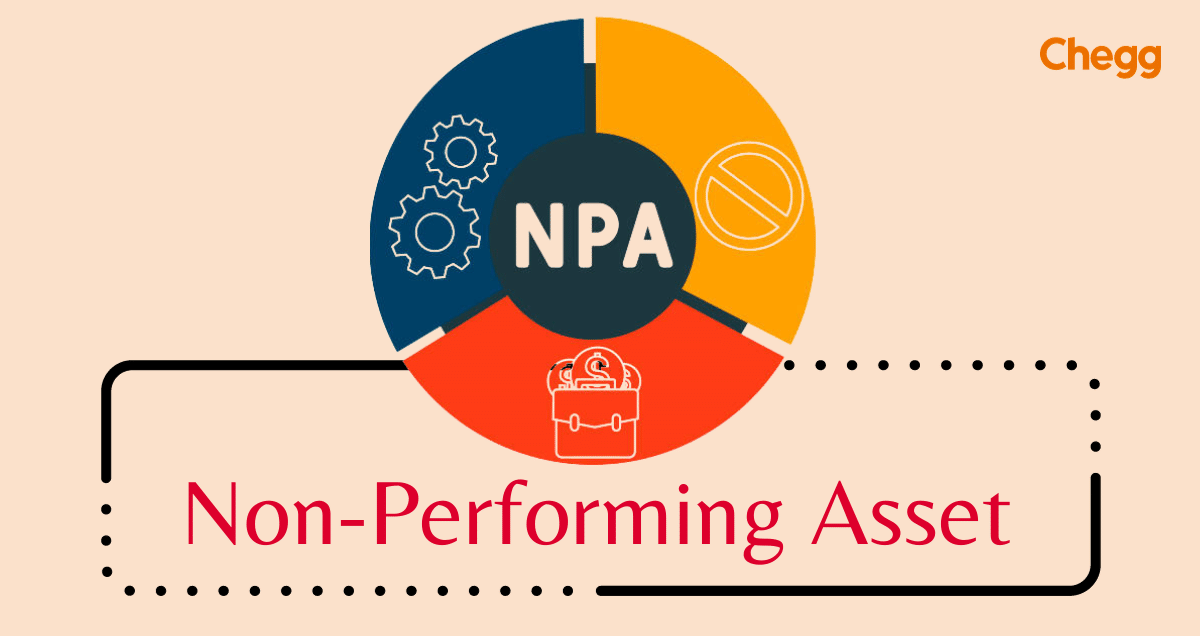Well, it happened again, folks!
Global debt levels, hitting a record high, seems old news now because of the ever-increasing numbers every year, but this pace is still as fatal as it was all these years. Ready to go out of control anytime.
Is there any end to this mayhem?
Seems not, as according to the Institute of International Finance (IIF), the global debt levels have grown by an additional $21 trillion last year (US dollars), leaving total outstanding debt at $US237 trillion.
Yes, you heard it right, the highest level on record.
Near the end of 2016, all sectors witnessed a hike in debt loading, shooting up to $4.5 trillion for households, $6.5 trillion for non-financial corporates, $4.5 trillion for governments, and $5.5 trillion for the financial sector, respectively.

Image Source: Businessinsider.com
Global levels of debt across all sectors rose by staggering $21 trillion last year, accounting for over 80% of the total $25 trillion increase since 2012.
As you can see in the chart below from the IIF, the majority of $25 trillion increase over the time-span of five years irrupted in emerging markets, bulging from $42 trillion to $63 trillion.

Image Source: Businessinsider.com
On the contrary, the total debt increase in mature markets is from $4 trillion to $174 trillion over the same period of time.
However, the overall debt levels increased drastically last year, it was actually lower than the increase recorded in nominal GDP. This is where things went a little downhill, as the global debt-to-GDP ratio fell to 318%.
In accordance with the IIF, if the world GDP growth continues to run above potential, then the debt-to-GDP ratio continues to decline.
With world financial conditions still relatively gentle, the risks of a quick increase in the debt burden tend to stay on the very first page.
From the time period of 2012 to 2017, the debt-to-GDP ratio for mature markets fell from 387% to 382%, moderately offsetting a jump in the ratio for budding markets which surged to 210% from 171% over the same period of time.
Following the statement by IIF, Argentina, Turkey, Nigeria, and China have set the record of largest debt ratios build-up over the year, all thanks to the ongoing growth in indebtedness of households and the finance sector of the nation.
While the upcoming market debt continues to be offered in local currencies, the foreign currency denominated debt issued in these nations has been increased from $800 billion last year to a new record of $8.3 trillion.
The US Debt Scenario
The story about America’s pile of debt and how it is rapidly growing has always been a hot topic.
Let’s begin with an example. The US holds a record of growing its national debt by $73 billion in a single day. That’s 24 hours.
Putting that figure into perspective, $73 billion is larger than the most major firms, including Ford, General Motors, Southwest Airlines to name a few.
And in the 2ndmonth of this year alone, the national debt has touched the mark of $215 billion.
Even the GDP of Greece, New Zealand, Oregon is less than $215 billion. This amount is more than twice the GDP of New Mexico. All this in just a month of February.
The most disturbing part is that the national debt has grown over $1 TRILLION in the last 6 months.
Scratching your head right now?
Wondering where did all that money go?
Was there an economic crisis, failed banking system, or severe depression that needed huge monetary motivation?
Nope. It was all everyday business.
Surprise!!
It doesn’t end here. They said that the economy was supposedly doing great over the last 6 months.
Even with all that positivity, the government still ended up with an extra trillion dollars in debt on its back.
Totally Amazing.
One vital point here to understand is that the GDP growth is far less than that of debt growth.
For instance, the US economy grew by 2.5% last year in ‘real’ terms, i.e. without including inflation.
Even if you include the inflation, the size of the US economy is increased by 4.4%. Yet the national debt grew by 6%.
That doesn’t seem like a noticeable difference. But actually, it is.
On a basis of proportion, the national debt has expanded 36% quicker than the US economy (with inflation).
Over the time period of several years, that effect sums into something that is quite vicious.
By the end of 2008, the US economy size was $14.5 trillion. 10 years later, the economy size is $19.7 trillion, 36% greater.
The national debt has expanded from $9.4 trillion to more than $21 trillion in the past ten years, i.e. a 123% growth rate!
It’s really, really tough to believe that this is a good news.
But that doesn’t stop people from trying to make us believe. Does it?
When it comes to the debt situation, most people fall under one of three categories.
#1: These people tend to ignore it altogether, and like to put their heads in the sand.
#2: These acknowledge the debt, but they are good at storytelling and tell themselves fairy tales that debt doesn’t matter, or that the government is going to “fix” it. (This is just sad because the government is the one causing the problem).
#3: These are special as they see the situation in a rational way and understand that, maybe, in the distant future, there might be a way to get out of the largest debt pile in the history of the world… and they keep making preparations just in case.
Which group do you belong to?
So, if you do a job, investor, owns a business, etc. there are strong chances that you too are under the pile of debt one way or another. You must realize that it’s only you who can resolve your debt problem. Enjoy your freedom by opting for a debt management program.
Data Sources:
https://www.businessinsider.com/the-national-debt-is-rising-much-faster-than-the-economy-2018-3
https://www.businessinsider.com.au/global-debt-levels-record-high-iif-2018-4?_ga=2.117497673.133976990.1525785249-895934510.1525436584
https://www.iif.com/
https://www.imf.org/external/index.htm



Leave A Comment